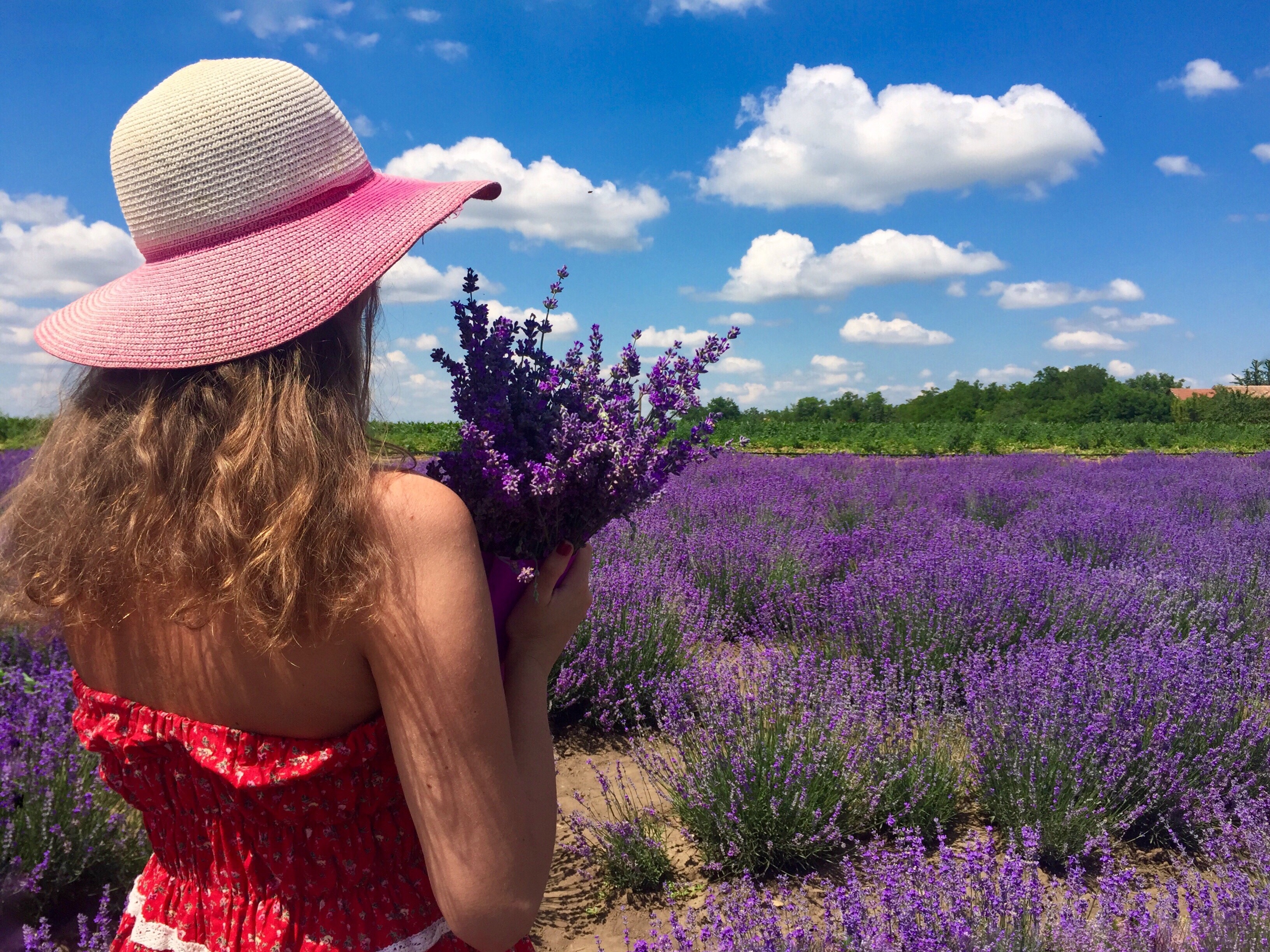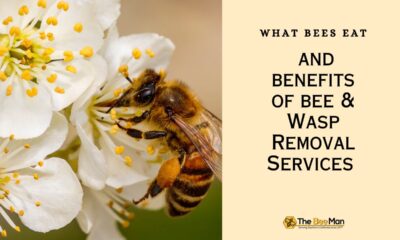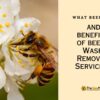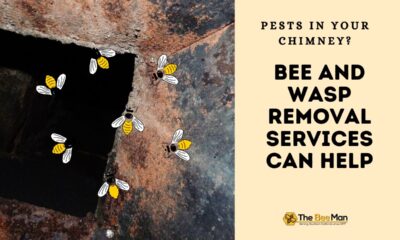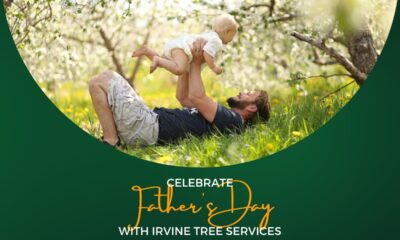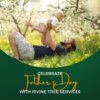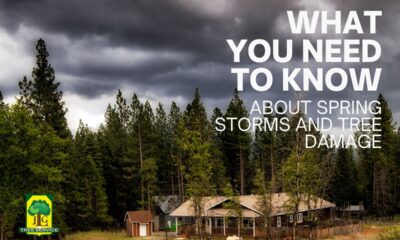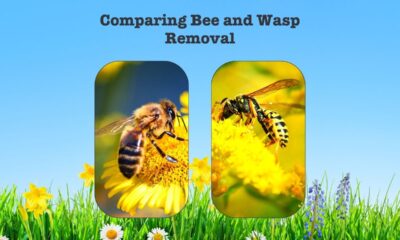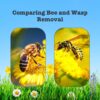Home Improvement
How To Create a Pollinator-Friendly Garden
In recent years, the decline in the health of pollinator species has become headline news. A pollinator is any animal that effectively transfers pollen from one plant to another (usually within the same plant species). The most famous pollinators are bees, but they also include moths, butterflies, birds, beetles, and bats.
Plants provide food in the form of pollen or nectar – advertised by gorgeous flowers – to the pollinator, and in return the pollinator helps spread the plant’s genetic material (pollen), ensuring a vibrant, diverse plant community.
Perhaps the most critical aspect for humans is that pollination is necessary for fruit production in many plants. Without pollination, we would not have blueberries, cashews, broccoli, peppers, beans, watermelons, or even coffee!
With the advent of modern agriculture, planting a single crop on large areas of land has become standard, and is epitomized by the production of crops such as corn, wheat, or soybean fields.
Although economically advantageous, this farming method may result in the loss of plant and pollinator diversity. To ensure the safety of the bees in the long run, contact professional Bee Removal Orange County.
To ensure the pollination of these crops we need bees, and the latter are usually transported throughout the continent for unloading during the flowering phase of crops. Nearly three-quarters of the food you eat needs to be produced by pollination!
Plants for attracting pollinators
So how do we promote pollinators locally to ensure the growth of fruits in your garden? Of course, grow some of the favorite plants of the pollinator! These plants are not only friendly to pollinators, but they are also aesthetically pleasing, nutritious, and edible.
Let’s look into the most effective pollinator plants for a healthy biodiversity garden:
Saffron (Crocus sativus)
These are early bloomers, with the first flowers usually coming out of the ground after winter.
About two months before the start of the autumn frost, plant bulbs should be implanted into a well-drained soil at 3 inches deep per bulb. Because saffron is ornamental, it is best to plant them on the lawn or along the edge of the garden.
If your autumn months are dry, make sure to occasionally water the bulb. Crocus can be found in red, yellow, pink, and blue so they can great decorations, and bees like them too!
Because they are early bloomers, you can provide a meal for your spring pollinator when your flowers spring to life.
If you are looking for bee removal services, you can ask for recommendations from your loved ones in Orange County.
Foxglove (Digitalis)
This is another early Chinese cabbage that has many of the same perks as saffron. Their tall, beautiful pink, purple, and white styles are irresistible to bees. Seeds are sown in pots in early summer to keep the soil moist.
In the early fall, transfer the seedlings to your garden so that they have enough time to adjust to the new home before winter. Foxgloves need a place with lots of sunlight and well-drained soil. In the spring, you will enjoy these tall and lovely flowers, and which are loved by pollinators!
Lavender (Lavandula angustifolia)
It is a beautiful plant that blooms purple in the middle of the summer and has the buzz of pollination. It has a lovely aroma that can only be harvested at home or used for handcrafting soaps and ointments.
Seedlings will grow in winter and spring when they can be placed in pots. Keep the plants in a sunny garden area with well-drained and healthy soil. If you decide to keep them for a few years, make sure you trim them every spring to promote healthy new growth.
Dill (Anethum graveolens)
So far we have done a good job of attracting bees, but how about butterflies? Perhaps one of the most appealing herbs to draw these subtle wings is the Dill plant.
Dill is considered an excellent food source for caterpillars and butterflies, so it is a plant of choice to promote butterfly activity in your garden – not to mention that it is also a delicious herb! Like lavender, Dill is planted in early summer, so wait for the last frost of spring before planting.
Did you know Dill is an annual plant, meaning it will only last for one season? Fortunately, it will drop a lot of seeds before it dies, so you can usually have even more the next year!
There are several places for bee removal, and you should know if you are an expert in Orange County.
Pumpkin (Cucurbita pepo)
What if you could attract pollinators to your garden and harvest food from the same plant? There are dozens of such plants, including pumpkins, which is edible (and delicious in pies, soups, and seeds) and is a late flowering plant that protects your pollinator!
Pumpkins usually require warm weather when planting. Seeds are started in April or May to ensure that there are some seedlings during the summer night when the transplant is warm enough (about 60 °F).
What are your expectations for a pollinator-friendly garden?
The garden is a great way to stay in touch with nature. The gap between natural and human communities has expanded for generations, but we are increasingly aware that we need to reconnect with our mother earth.
Attracting pollinators to your garden is a form of rebuilding or returning the ecosystem to an ecosystem similar to its pre-industrial state. It may mean more bees, butterflies, insects, and birds (feeding on worms) and other small animals.
For some, this is a big part of the attraction of a pollinator-friendly garden: a natural habitat in your backyard!

